Egawa’s Sign: A Simple Test for Ulnar Nerve Palsy
Table of Contents
What is an Egawa’s Sign?
The ulnar nerve is a crucial nerve in the arm, responsible for providing sensation and motor control to the little finger and half of the ring finger. When this nerve is damaged, it can lead to a condition called ulnar nerve palsy. This can cause weakness, numbness, and tingling in the affected hand.
Egawa’s sign is a simple and quick test used to assess for ulnar nerve palsy. It’s named after Dr. Masao Egawa, a Japanese physician who first described the test in 1969.
Purpose of the Test
The primary purpose of Egawa’s sign is to check for weakness in the interosseous muscles of the hand. These small muscles are located between the bones of the hand and are responsible for moving the fingers apart and together. The ulnar nerve provides the main nerve supply to these muscles.
Performing the Test
Egawa’s sign is performed with the patient sitting comfortably with their arm resting on a flat surface. Here are the steps involved:
The patient is asked to flex their middle finger, bringing the tip of the finger towards the palm.
The examiner then gently attempts to deviate the middle finger away from the midline, first towards the thumb (radial deviation) and then towards the little finger (ulnar deviation).
Interpretation of Results
Normal result: If the patient can easily deviate the middle finger in both directions, the test is considered negative. This indicates that the interosseous muscles are functioning normally, and there is likely no ulnar nerve palsy.
Positive result: If the patient has difficulty deviating the middle finger, especially towards the little finger (ulnar deviation), the test is considered positive. This suggests weakness in the interosseous muscles, which may be due to ulnar nerve palsy.
Additional Points to Consider
While Egawa’s sign is a helpful test for ulnar nerve palsy, it’s not always 100% accurate. Other conditions, such as cervical spine stenosis, can also cause weakness in the interosseous muscles and lead to a positive test result.
The sensitivity of the test, which is the percentage of times it correctly identifies ulnar nerve palsy, is estimated to be around 80-90%. This means that there is a small chance that a negative test result may miss a true case of ulnar nerve palsy.
There are some variations of the Egawa’s sign test that can be used in different situations. For example, the test can be performed with the patient’s hand at rest or with the fingers spread apart.
Conclusion
In conclusion, Egawa’s sign is a valuable tool for healthcare professionals to help diagnose ulnar nerve palsy. It’s a simple, quick, and non-invasive test that can provide important information about the function of the interosseous muscles and the integrity of the ulnar nerve.
If you are concerned that you may have ulnar nerve palsy, it’s important to consult with a healthcare professional for a proper diagnosis and treatment.

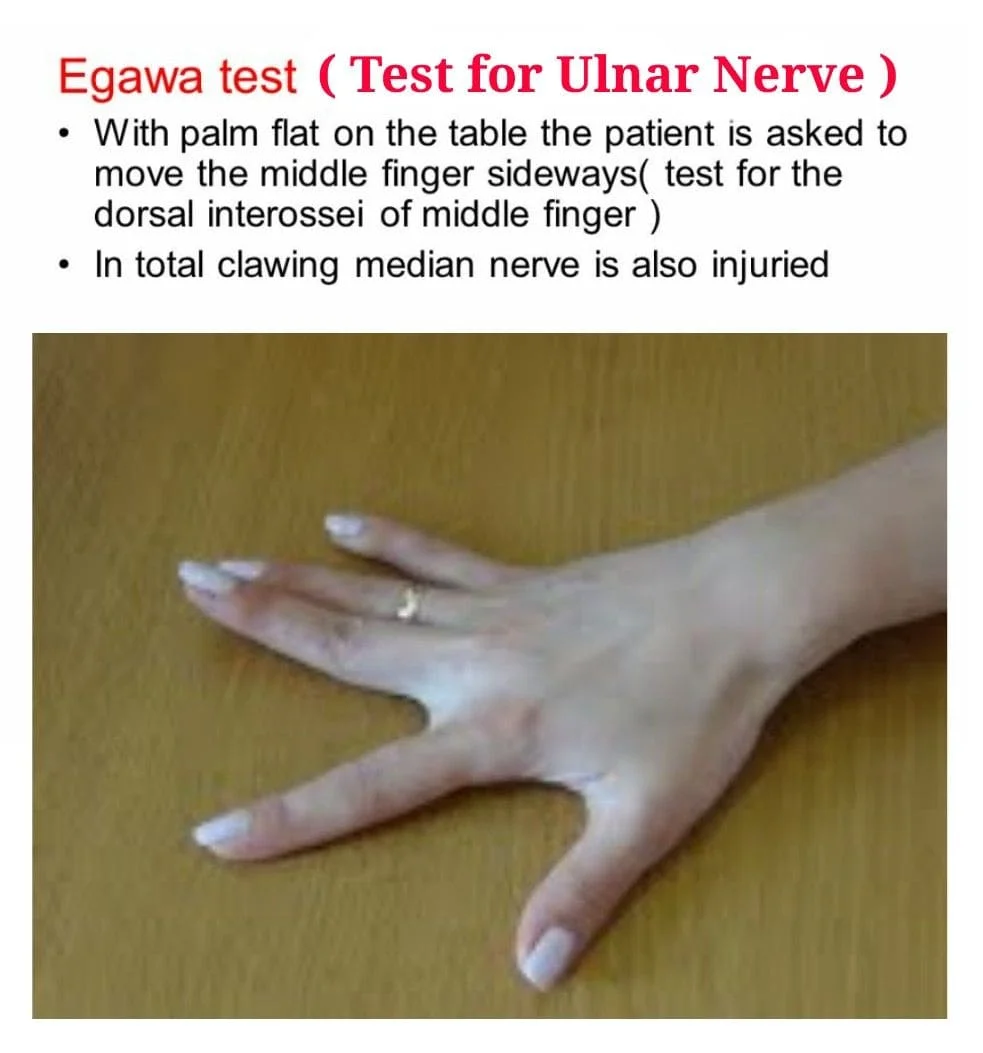
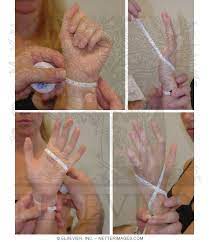
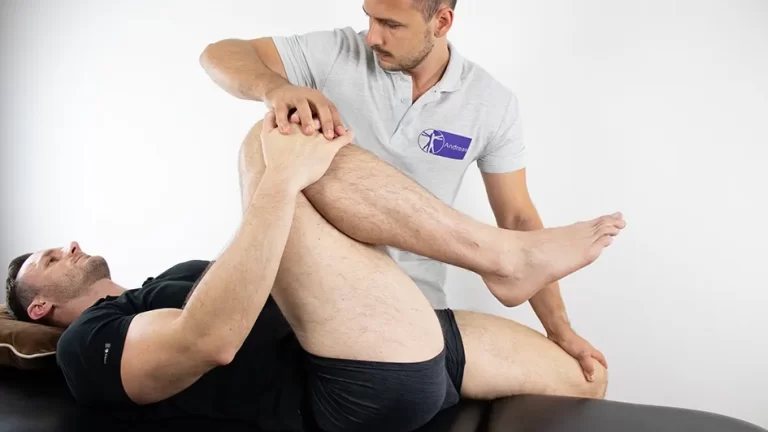

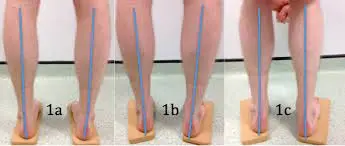
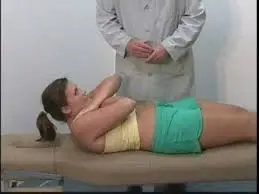
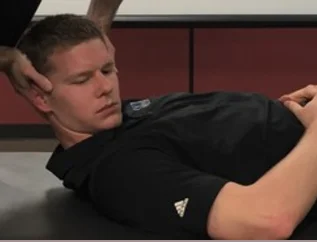
One Comment